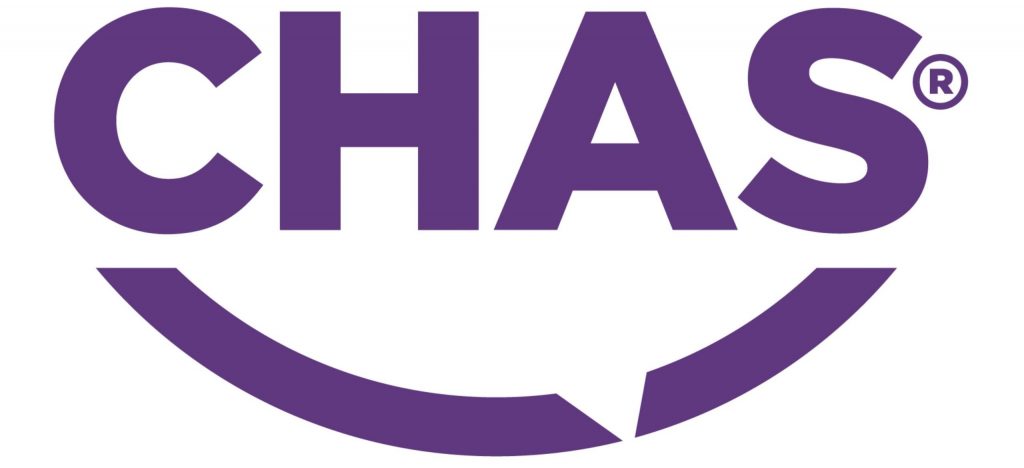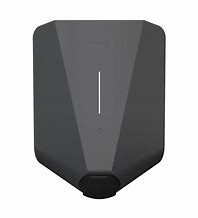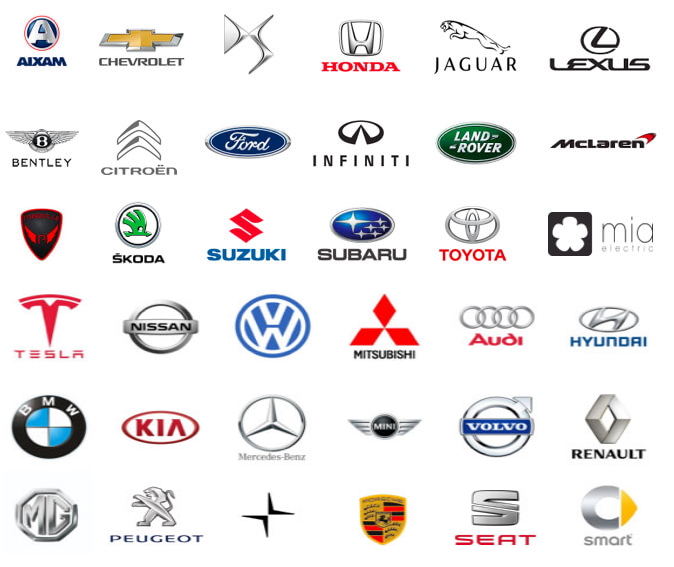HOME EV Charger Installation
We supply & install home and commercial electric vehicle chargers across Essex and London. Rated 5 Stars By Our Customers.
- Smart home chargers with app control
- commercial chargers with occp payment portal
- Competitive Pricing
- 3-year manufacturer's warranty
- solar compatibility
- battery storage
YOUR HOME EV CHARGER INSTALLATION COMPANY
NexGenEV specialises in the supply and installation of Electric Vehicle charging equipment to homes across London and the home counties.
We are a CHAS and NICEIC approved company and have installed thousands of domestic EV chargers.
NexGenEV is a subsidiary of IC Electrical who have been providing domestic and commercial electrical services for over 20 years.
Look no further for your home electric car charger installation provider.


OUR HOME EV CHARGING PARTNERS





WHY CHOOSE US
Our qualified team of experienced electricians will recommend the right electric vehicle charging solution for you.
We will also advise you if you are eligible for any government grants to reduce your cost.
OUR FAVOURITE HOME
EV CHARGERS

Easee One
£949 installed & inc VAT*
- Choice of fascia colours
- Small & lightweight
- Control via app
- WiFi & Bluetooth
- LED indicator
- 7.4kW output
- Untethered
- Built in earthing protection
*Standard installation included read what this is here.

Hypervolt V3.0 Pro
£990 installed & inc VAT*
- Available in black or white
- Control via app
- WiFi
- LED indicator
- 7kW output
- Choice of cable length
- Built in earthing protection
*Standard installation included read what this is here.

Myenergi Zappi V3.0
£1019 installed & inc VAT*
- Available in black or white
- Control via app
- WiFi
- LED indicator
- 7.4kW or 22kW output
- 6.5-metre cable
- Built in earthing protection
*Standard installation included read what this is here.

Anderson A2
£1490 installed & inc VAT*
- Range of colours & styles
- Control via app
- WiFi & Bluetooth
- LED indicator
- 7kW and 22kW output
- 5.5-metre cable
- Built in earthing protection
*Standard installation included read what this is here.
Client Testimonials
Home Charger FAQs
Yes, however it is not advised and that is because a regular 2.4kW three-pin wall socket will mean a very long charging time – in excess of 35 hours depending on the car.
A wall box charger will offer substantially shorter charging times.
Its your choice and the difference is as follows:
Untethered: No attached charging lead. More hassle every time you want to plug in, but allows you to swap out the lead – such as from Type 1 to Type 2 (see below “Do all electric cars use the same plug?”).
Tethered: The charging unit has a power lead attached to it. It’s convenient as it means you can just pull up and plug in, as opposed to retrieving your car’s charging lead from the boot.
Smart EV chargers are charge points that can be accessed remotely and will usually work via an app on your smartphone. They can allow you to monitor your car’s charging and potentially choose when your car charges.
This can be particularly useful if you have a time-of-use electricity tariff, such as Economy 7, when the cost of electricity is cheaper during the night. So you could set your charger to charge your electric car during those cheaper hours. However smart chargers are more expensive than regular chargers.
The EV chargepoint grant provides funding of up to 75% towards the cost of installing electric vehicle smart chargepoints at domestic properties in the UK. It replaced the Electric Vehicle Homecharge Scheme (EVHS) on 1 April 2022.
Read more on available grants here.
Vehicle to grid technology is an advanced form of power management, and it’s a potentially crucial part of the electric car future. Energy supplier Ovo Energy is currently running a vehicle-to-grid trial. If you’re registered to the trial, you get to choose a charging schedule via an app on your phone. This sets the minimum state of charge you need your car to be and for what time. For example, you’ve come home at 6pm in the evening, plugged your car in and specified that you want your car to be at least 80% full by 7am the following morning.
Overnight, your car will be charged when demand on the network is low, and when it’s more likely that energy from renewable sources is feeding the grid. But when demand on the grid is high, the charger can take power from your car, power your home and sell any excess energy back to the grid, helping to manage the UK power network and earning you money. Your app will tell you how much money you’ve made by doing this. The trial will run for two years. Ovo Energy estimates people could save up to £305 on energy bills.
Without any grants applied it typically costs between £800 and £1,550 to buy and install a good quality wallbox charger. The difference in cost is largely down to the amount of power the charger can supply (more power = faster charging). The most affordable are 3.6kW chargers; while 22kW chargers are the most expensive.
22kW chargers will likely be in excess of most people’s needs (and power supply at home), but if you do have a three-phase connection, it might be considered good for future proofing. Some wall-boxes also come with the option of a longer cable, which also adds cost.
For most homes, we would recommend 7kW chargers – these cost around £800 to £1050 to buy and install. You will earn this money back over time, with the money you’ll save on fuelling your car.
These are two different kinds of connectors for charging an electric car at home. Most likely it will be a Type 2 connector. Most cars use this type of plug as it was mandated by the EU that all plug-in cars from 2014 must have a Type 2 socket.
There are some cars that have the older, differently shaped Type 1 socket, such as the Mitsubishi PHEV. But these are rare. Type 1 to Type 2 converters are available.
This is perhaps the most crucial bit. There is no single power option. The popular choice is up to 7.4kW for a typical UK home. To save money on the charger, you could choose a lower power rate (such as 3.6kW).
Though it will take longer to charge your car. It is possible to have an even faster charger, up to 22kW, but very few cars can actually receive a 22kW charge from an AC source like a domestic wall charger. Even if your car is capable of receiving a rapid charge of 100kW or higher, that’s the special DC charging rate, as opposed to the car’s AC charging rate.
If your car can receive an AC charge of 11 or 22kW, it is possible to speed up your charging times. The only problem is that you need a three-phase connection, which your home is very unlikely to have. Your electricity is supplied through either single phase or a three-phase supply. The difference between a single phase and a three-phase supply is as follows:
- A single phase network, simply put, has one live wire
- A three-phase network has three live wires. You could connect to all three for a faster power supply.
The good news is that the majority of the UK is served by a three-phase network. The bad news is that most UK dwellings are attached to only one of those three live wires. So in fact, most homes have a single-phase connection, despite it being a three-phase network.
You probably won’t. But according to UK Power Networks (the organisation that maintains our electricity networks), the way to check your own connection is to look at your fuse box. One 100 amp fuse means you have a single-phase connection Three such fuses means a three-phase connection.
As the three-phase network is widespread across the UK, it does open up the possibility of upgrading your single-phase connection to a three-phase connection. If you want a higher rate of power, find out if it’s possible to upgrade by speaking to your energy supplier.


